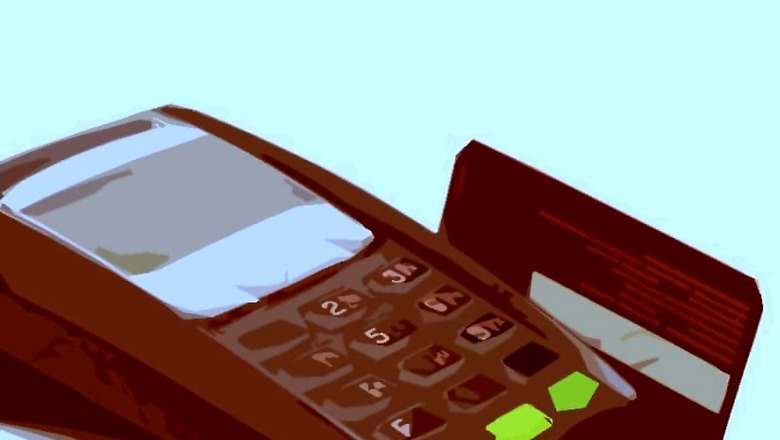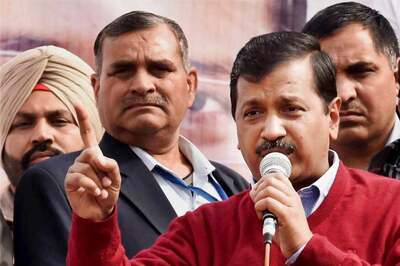
views
Until November 2016, cashless payments were not much of a trend in India however due to demonetisation, cashless payments quickly gained popularity. Ever since cashless payment mode is not just mandatory for heavy monetary transactions but is also a preferred mode for small purchases like grocery shopping, restaurant bills, shopping stationery for kids, green grocer's bill etc. However, if you are still struggling with cashless payments, let us take you through Top 7 Alternatives that help you Go Cashless:
1) UPI i.e. Unified Payment Interface
UPI is a reliable and unique payment gateway developed by the government as an answer to Mobile Cash Wallets wherein you don’t even have to give the other person your bank details; you simply need to create a single virtual address which will work for all the transactions done by you. The person making the payment will transfer the amount to this virtual address say – anusingh@icicibank and once the payment is received you can transfer it to your bank account. Also, you don’t need to use multiple apps for different banks; just one app of a particular bank can transfer payments to different bank accounts.
2) Mobile wallets
Immediately after the demonetisation drive on 9th November 2017, names like Paytm, Mobikwik, etc became a household name in India. Mobile Cash Wallets are hassle free with instant payment transfer and easy to use interface. Also it's accepted by most of the Vendors even small shops and vegetable vendors at times. You just need to add money to your mobile wallet through your card and you’re good to go. Mobile Cash Wallet companies also offer many discounts and cash-backs on movie bookings, recharges, online hotel booking, shopping, etc.
3) Debit card/ Credit card
It's the go-to method for cashless payments in Malls, Shopping Stores, Clothing Boutiques, Stationery Shops, Medical Pharmacies, Hospitals and even in Banks these days. You just need a debit/credit card and make sure the person you need to make the payment to has a swipe machine for receiving payments. Once your card is swiped, the payment will be made instantly and you’ll receive the message for a successful transaction immediately.
4) Net Banking/ Online Transfer
One of the safest and most convenient ways of transferring funds from one bank account to another, done online from your bank’s website. It protects against the risk of default in payment and also saves you from the hassle of going to the bank, waiting in a queue or as a matter even instructing the bank employees to transfer the funds.
5) Cheque
The age-old method of cashless payment that the senior citizens vouch for. You simply have to issue a cheque to another person for a specified amount with their account name and cross it, which then gets transferred from your bank account to the other person’s account. It is one of the most reliable methods because of the documentation being a proof of the transaction. However, there is always the risk of default, insufficient funds, dishonour of cheque and not to mention the delay in payment. Also, a departmental store or a daily needs store where you go for shopping probably wouldn't accept this mode of payment, but it can be used to pay your children’s school fee, your driver's salary and other payments.
6) Demand Draft
It's a more reliable way of payment as compared to a cheque as it does away with the risk of default or dishonour and is signed by the banker. However, both cheque and DD are a delayed mode of payment and also are usually not accepted by small stores or as a matter of fact no shopping can be done by paying via cheque or DD.
7) Gift cards
It's the same as a debit/credit card with pre loaded cash in it by the bank. The only difference is that it's mostly meant for gifting purpose only. Gift Cards are acceptable and work at any place where a Debit or Credit card is accepted.



















Comments
0 comment